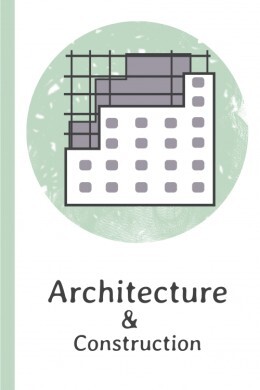a traditional style of Japanese tea houses and residential architecture associated with the tea ceremony, known for its simplicity, natural materials, and integration with the surrounding garden

数寄屋造, 数寄屋风格
a traditional Japanese architectural style characterized by the use of wooden screens, tatami mats, and decorative alcoves

shoin-zukuri, 书院造
a style of aristocratic residential architecture characterized by a large main hall surrounded by smaller buildings, often seen in palaces and noble estates during the Heian period

寝殿造, 寝殿造风格
a style primarily used for Shinto shrines dedicated to Hachiman, characterized by a symmetrical gabled roof with two entranceways and verandas

八幡造, 八幡造风格
a style used for shrines associated with mountain worship, featuring a distinctive blend of Buddhist and Shinto architectural elements

权现造, 权现造风格
a style of shrine architecture characterized by a curved, thatched roof, often resembling the shape of a wave, commonly seen in shrine halls

流造, 一种神社建筑风格,其特征是弯曲的茅草屋顶,通常类似于波浪的形状,常见于神社大厅
a Japanese architectural style featuring layered roofs and symmetrical layouts seen in imperial and aristocratic buildings

帝冠式, 帝冠建筑风格
a traditional wooden townhouse found in Kyoto, Japan, known for its narrow frontage and deep interior design

町屋, 京都传统木制町屋
a traditional Japanese gate commonly found at the entrance of Shinto shrines, characterized by two vertical pillars and a horizontal lintel, often painted in red and symbolizing the transition from the secular to the sacred

鸟居, 传统的日本门
a religious structure in Japan dedicated to the worship of kami, the spirits or deities of nature and ancestors, often characterized by a distinctive architectural style, torii gates, and various ritual elements

神道教神社, 神道教寺庙
a meditation hall or space, typically associated with Zen Buddhism, where practitioners gather for silent seated meditation and other related practices

禅堂, 禅修室
a place where tea is served, often accompanied by snacks or light meals

茶馆, 茶屋
a peaceful Japanese-style garden with rocks, sand or gravel, and minimal plants, created to promote tranquility, meditation, and a harmonious connection with nature

禅园, 冥想花园
a traditional Japanese architectural ornamentation in the form of a demon or ogre mask, often made of clay or ceramic, placed on the edges of roofs or walls to ward off evil spirits and bring protection to the building

鬼瓦, 日本传统的鬼面具装饰
a multi-story temple located in East or South Asia with a curved roof at each story

宝塔, 多层寺庙
a traditional Chinese architectural element consisting of interlocking wooden brackets that support the roof and transfer the weight of the structure to the columns or walls

斗拱, 一种传统的中国建筑元素,由相互锁定的木制支架组成,用于支撑屋顶并将结构的重量转移到柱子或墙壁上
traditional Korean houses with distinctive architectural features, including wooden frames, paper sliding doors, and curved roofs, reflecting the cultural heritage of Korea

韩屋, 韩国传统房屋
a circular or semi-circular opening found in traditional Chinese gardens and architecture, typically made of stone or wood, creating a framed entrance or window that symbolizes harmony and good fortune

月亮门, 月形门
a type of ancient Egyptian tomb structure characterized by a rectangular, flat-roofed design with sloping sides, typically consisting of an underground burial chamber and a superstructure above ground

马斯塔巴, 马斯塔巴墓
a small structure or room within an ancient Egyptian temple or tomb complex where offerings, rituals, and prayers were conducted to honor and provide for the deceased or deities

供奉小教堂, 祭品祈祷室
an underground structure or chamber, often used as a tomb or sacred space, typically found in ancient civilizations such as Egypt and Rome, and characterized by its subterranean location and architectural features

地下墓室, 地下结构
a type of ancient Egyptian temple built near or connected to a royal tomb, dedicated to the worship and commemoration of a deceased pharaoh, serving as a place for rituals, offerings, and the veneration of the ruler's spirit

丧葬神庙, 祭庙
a monumental gateway of an ancient Egyptian temple formed by two tapered towers flanking a central entrance, symbolizing the horizon

一座塔门, 一座埃及塔门
a large hall with a roof supported by many columns

多柱式, 多柱式大厅
a stone monument built in ancient Egypt usually as a tomb for the pharaohs, which has a triangular or square base that slopes up to the top

金字塔, 金字塔纪念碑
a small, enclosed chamber or room, typically found in ancient Egyptian tombs, where the statue or representation of the deceased person was placed for worship or remembrance

塞尔达布, 墓室
an architectural element in ancient Egyptian tomb and temple architecture that resembles a real door but is not functional

假门, 模拟门



